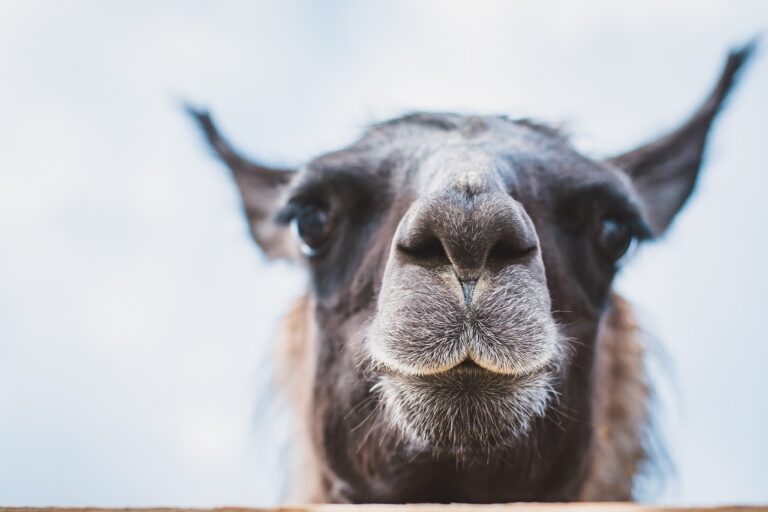Satellite TV Nature Conservation Initiatives: Protecting Nature: Sky.247, Diamondexch9 com, Tiger exchange vip
sky.247, diamondexch9 com, tiger exchange vip: Satellite TV Nature Conservation Initiatives: Protecting Nature
In today’s world, the importance of conserving nature and protecting wildlife has never been more critical. With the growing threat of climate change and habitat destruction, it is more crucial than ever to take action to preserve the environment and the creatures that call it home.
One innovative approach that has emerged in recent years is the use of satellite TV technology for nature conservation initiatives. By harnessing the power of satellite technology, conservationists can monitor wildlife populations, track deforestation, and even prevent illegal poaching in real-time.
Here are some ways in which satellite TV is being used to protect nature:
1. Monitoring Wildlife Populations: Satellite TV technology allows conservationists to track the movements of endangered species such as elephants, tigers, and rhinos. By monitoring their movements, scientists can better understand their behavior and habitat needs, leading to more effective conservation efforts.
2. Tracking Deforestation: Satellite TV can also be used to monitor deforestation in real-time, allowing conservationists to take action to protect vital forest habitats before it’s too late. By identifying areas of rapid deforestation, conservationists can work to stop illegal logging and protect these crucial ecosystems.
3. Preventing Illegal Poaching: One of the biggest threats to wildlife populations is illegal poaching. Satellite TV technology can be used to track poachers in real-time, allowing law enforcement officials to intervene and protect endangered species. By using satellite technology to monitor wildlife reserves, conservationists can ensure that these areas remain safe for animals.
4. Identifying Climate Change Impacts: Satellite TV can also be used to monitor the impacts of climate change on wildlife populations. By tracking changes in temperature, rainfall, and vegetation cover, scientists can better understand how climate change is affecting ecosystems and wildlife.
5. Engaging the Public: Satellite TV can also be used to educate the public about the importance of nature conservation. By broadcasting documentaries and educational programs on satellite TV channels, conservationists can raise awareness about the threats facing wildlife and inspire people to take action to protect the environment.
6. Collaborating with Communities: Satellite TV can facilitate collaboration with local communities to promote sustainable practices and conservation efforts. By working with local residents to protect wildlife habitats and promote eco-friendly practices, conservationists can ensure the long-term success of their conservation initiatives.
In conclusion, satellite TV technology is a powerful tool for nature conservation initiatives. By harnessing the power of satellite technology, conservationists can monitor wildlife populations, track deforestation, prevent illegal poaching, and educate the public about the importance of protecting the environment. Through collaboration with communities and the use of real-time data, satellite TV is helping to ensure a more sustainable future for our planet and the creatures that inhabit it.
FAQs
1. How does satellite TV help in monitoring wildlife populations?
Satellite TV technology allows conservationists to track the movements of endangered species such as elephants, tigers, and rhinos in real-time.
2. Can satellite TV be used to prevent illegal poaching?
Yes, satellite TV can be used to track poachers in real-time, allowing law enforcement officials to intervene and protect endangered species.
3. How does satellite TV help in educating the public about nature conservation?
By broadcasting documentaries and educational programs on satellite TV channels, conservationists can raise awareness about the threats facing wildlife and inspire people to take action to protect the environment.






